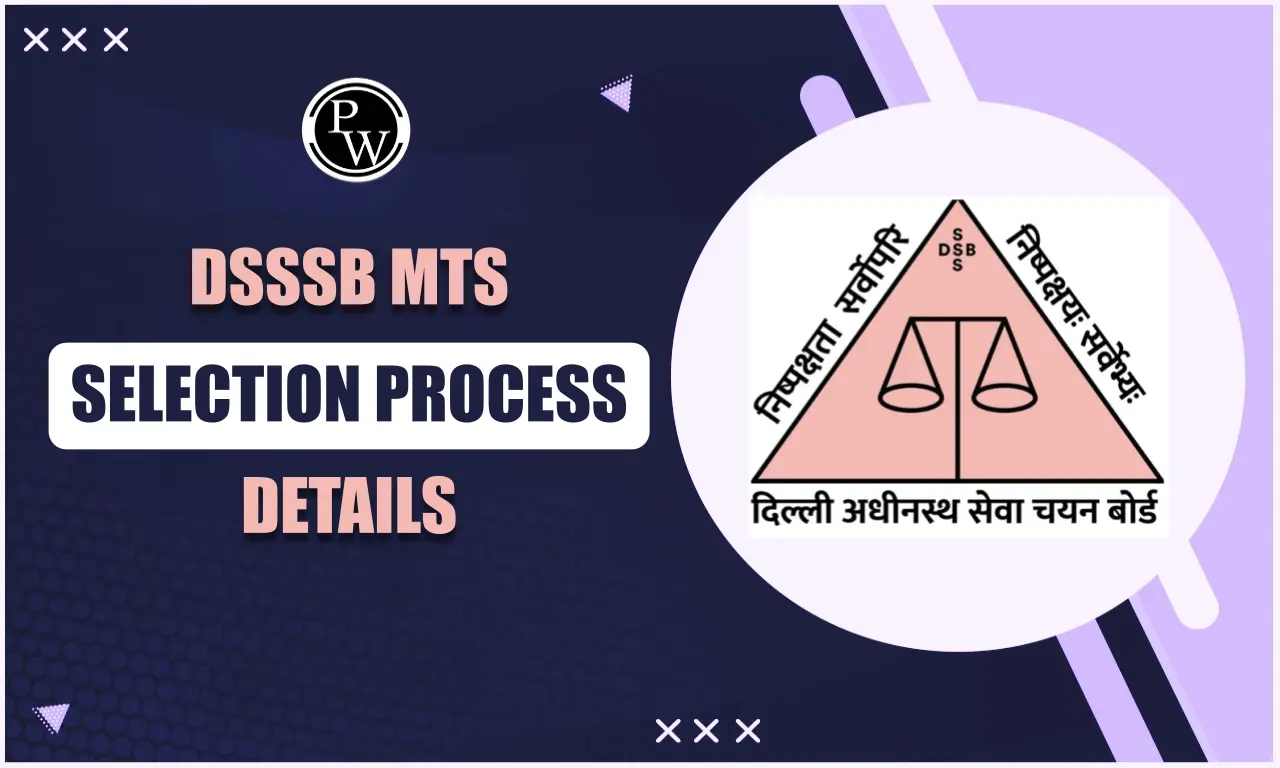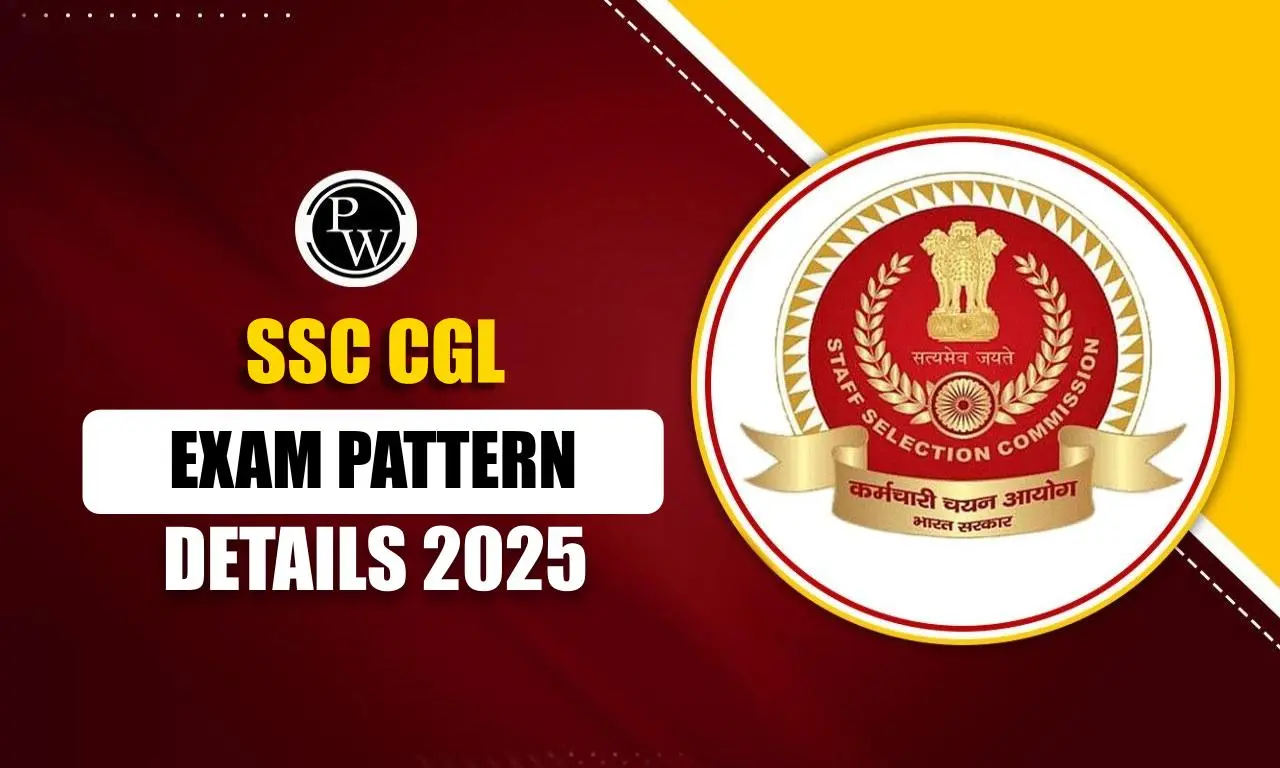
Simon Commission , also known as the Indian Statutory Commission, was a team of seven people led by Sir John Simon. It was created by the British High Commission to understand why India’s constitutional changes weren't working well.
In 1928, the Simon Commission came to British India to study how to improve the country's constitution. Clement Attlee, who later led the Labour Party, was part of this group and strongly believed in India governing itself. Check this article for Simon Commission Report from 1927, its history, and how it affected our country.Simon Commission
The Simon Commission, also called the Indian Statutory Commission, was a group chosen to study proposed changes to India’s laws. It was connected to the Government of India Act of 1919, which set up the country’s laws. Sir John Simon was in charge of selecting the members for this commission. Because the Commission didn’t have any Indian representatives, it received strong criticism. The Indian National Congress and most other Indian political groups refused to take part in it. The topic of the Simon Commission is an important part of the Modern History of India in the Government Exams. This article provides a detailed understanding of the Simon Commission.What is Simon Commission?
In 1928, the Simon Commission, overseen by Sir John Simon and composed of seven Members of Parliament, arrived in India. Their purpose was to examine and explore possible changes to the laws and government structure in India, which was then Britain's largest and most significant colony.Simon Commission History
In 1919, the Government of India Act brought in the Dyarchy system and mentioned plans to set up a commission in India after ten years to study constitutional changes. On November 8, 1927, the British government, led by Prime Minister Stanley Baldwin, formed the Simon Commission. This commission, also known as the Indian Statutory Commission, consisted of seven members—all British and all white, which caused criticism because it lacked any Indian representation. The Simon Commission's main goal was to advise the British government on constitutional reforms in British India. The conservative British government, fearing potential loss in the British elections, set up the Simon Commission earlier than expected, in 1927 instead of the planned 1929. Lord Birkenhead, the Secretary of State for India, expressed doubts about Indians' ability to create a widely accepted plan for constitutional reforms. Therefore, he was the driving force behind establishing the Simon Commission in 1927.Simon Commission Indians Response
Back in 1927, Indians were very upset because they were not included in a special Commission. The Congress Party, in a meeting at Madras, decided to not take part in this Commission. Even the Muslim League, led by M A Jinnah, chose not to be involved. However, there were some members, like Muhammad Shafi, who supported the government's decision. Down in the southern parts of India, the Justice Party also sided with the government on this matter. When the Commission arrived in February 1928, there were huge protests all over the country. People were extremely unhappy and showed their anger through strikes, protests with black flags, and shouting the slogan 'Simon Go Back.' To control these protests, the police used force like lathi charges, even against respected leaders like Pandit Nehru. In Lahore, Lala Lajpat Rai, who was leading a demonstration against the Simon Commission, was severely injured due to police action and sadly passed away later that year. Dr. B R Ambedkar had submitted a report about the education of the oppressed classes in the Bombay Presidency on behalf of the Bahishkrita Hitakarini Sabha during this time.Simon Commission’s Boycott
The Simon Commission was formed to study how changes affected the people of India. But it upset many because only British members were appointed, ignoring the needs of Indians. This made people very angry, leading to protests and harsh criticism. In 1927, during a meeting in Madras, the Congress Party decided to stay away from the Commission. Muhammad Ali Jinnah's Muslim League also refused to take part and criticised it. But the Justice Party in the South supported the government on this issue. When the Commission arrived in India, people protested with "Simon, go back" slogans, holding strikes and showing black flags all over the country. The authorities used force, like lathi charges, to control these protests. This led to clashes involving important leaders like Lala Lajpat Rai and Pt. Jawahar Nehru. Lala Lajpat Rai, a respected leader in Punjab, was badly hurt in a lathi charge and later passed away on November 17, 1928. Dr. B.R. Ambedkar presented a report for the Bahishkrit Hitakarini Sabha, discussing the importance of educating marginalised groups in the Bombay Presidency.Simon Commission Recommendations
The Simon Commission report had two volumes with some major suggestions:- End Dyarchy: Stop the system where there's a division of powers between officials and ministers.
- Create Local Representation: Set up elected governments in provinces so people have a say.
- Governor's Authority: Give the governor discretionary powers for administration and security matters.
- More Members in Provincial Councils: Increase the number of members in provincial legislative councils.
- High Court Control: Let the Government of India have full control over the High Courts.
- Community Representation: Keep separate electoral groups for different communities and expand this to more communities.
- Governor General's Powers: Give the Governor-General complete authority to appoint cabinet members.
- Limited Voting Rights: Not everyone can vote; it's not a universal franchise.
- Local Representation for Specific Regions: Provide local legislatures for the North-West Frontier Province and Baluchistan and rights to representation at the centre.
- Separation of Regions: Separate Sindh from Bombay and Burma from India.
- Indianization of the Army: Make the Indian army more Indian in its composition.
- Consultative Council: Establish a council for discussing matters related to a larger India.
Simon Commission Impact
The Simon Commission faced a lot of opposition, but they finished their report in 1930. Here are the main points from their report:- Before the report, the British government said they'd consider what Indians thought, and the report would help India become more self-governing under British rule.
- The report suggested getting rid of the diarchy system and making smaller local governments that worked with local leaders. It also proposed setting up separate voting systems for different religious groups to ease tensions, especially between Hindus and Muslims.
- The Simon Commission report influenced the Government of India Act in 1935. This act was super important because it laid the groundwork for today's Indian Constitution.
- In 1937, India had its first provincial election, and the Congress party won big in most places. This helped the Congress become a major force in Indian politics and brought many strong leaders into the Independence movement.
| Other Related Links | |
| Tiger Reserves in India | National Parks in India |
| Biosphere Reserves in India | Elephant Reserves in India |
Simon Commission FAQs
Q1. When did the Simon Commission first come to India?
Ans. The Indian Statutory Commission, commonly referred to as the Simon Commission after its chairman Sir John Allsebrook Simon, was sent to India in 1928.
Q2. What was the purpose of the Simon Commission?
Ans. The British government set up a commission to enquire into the government of India act of 1919. The aim of the commission was to enquire into the working of the act and to suggest further reforms in the system of administration.
Q3. Who coined the slogan Simon go back?
Ans. The slogan “Simon Go Back” and “Quit India” were created by Yusuf Meherally.
Q4. Who declared the Simon Commission?
Ans. This report advocated that India be given dominion status with complete internal self-government. Jinnah declared the report as “Hindu Document” and presented Fourteen Points of Jinnah in response to the Nehru Report.
🔥 Trending Blogs
Talk to a counsellorHave doubts? Our support team will be happy to assist you!

Free Learning Resources
PW Books
Notes (Class 10-12)
PW Study Materials
Notes (Class 6-9)
Ncert Solutions
Govt Exams
Class 6th to 12th Online Courses
Govt Job Exams Courses
UPSC Coaching
Defence Exam Coaching
Gate Exam Coaching
Other Exams
Know about Physics Wallah
Physics Wallah is an Indian edtech platform that provides accessible & comprehensive learning experiences to students from Class 6th to postgraduate level. We also provide extensive NCERT solutions, sample paper, NEET, JEE Mains, BITSAT previous year papers & more such resources to students. Physics Wallah also caters to over 3.5 million registered students and over 78 lakh+ Youtube subscribers with 4.8 rating on its app.
We Stand Out because
We provide students with intensive courses with India’s qualified & experienced faculties & mentors. PW strives to make the learning experience comprehensive and accessible for students of all sections of society. We believe in empowering every single student who couldn't dream of a good career in engineering and medical field earlier.
Our Key Focus Areas
Physics Wallah's main focus is to make the learning experience as economical as possible for all students. With our affordable courses like Lakshya, Udaan and Arjuna and many others, we have been able to provide a platform for lakhs of aspirants. From providing Chemistry, Maths, Physics formula to giving e-books of eminent authors like RD Sharma, RS Aggarwal and Lakhmir Singh, PW focuses on every single student's need for preparation.
What Makes Us Different
Physics Wallah strives to develop a comprehensive pedagogical structure for students, where they get a state-of-the-art learning experience with study material and resources. Apart from catering students preparing for JEE Mains and NEET, PW also provides study material for each state board like Uttar Pradesh, Bihar, and others
Copyright © 2025 Physicswallah Limited All rights reserved.
Get App









